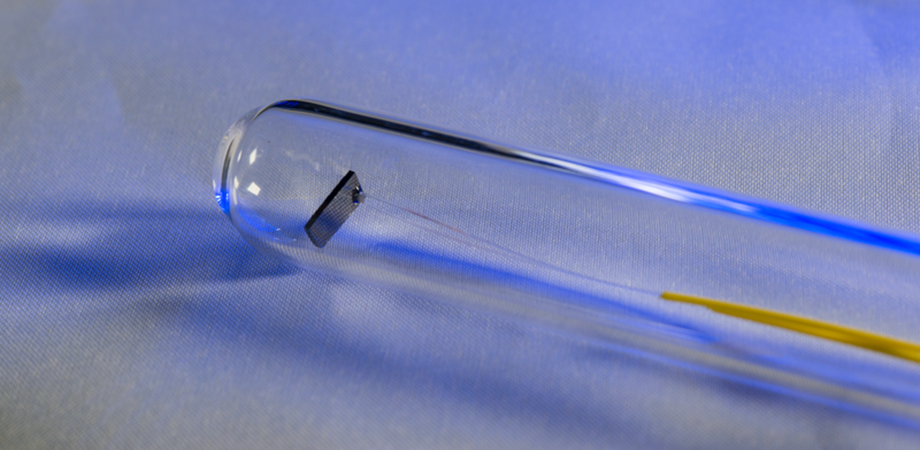Towards Self-Calibrating Frequency Standards

To yield accurate measurements, devices in the US ranging from bathroom scales to optical spectrum analyzers need to be traceable to standards set by the National Institute of Standards and Technology (NIST), an agency within the US Department of Commerce. In practice, this means that to use or sell these tools, companies periodically send them to metrology labs for calibration. These labs base their calibration ultimately on NIST's official standards. But this process is complicated: NIST itself receives 14,000 calibration requests a year. In a recent presentation at SPIE Photonics West, NIST physicist John Kitching discussed the development of a chip that makes use of photonics for enabling the self-calibration of certain tools to NIST standards.
NIST is working to develop these chips as time, frequency, and length standards in a program called NIST-on-a-chip. The chips rely on fundamental properties of atoms such as cesium and rubidium. The chip offers a frequency standard based on the atoms' resonance. Because every cesium atom is identical to the next, the standards offered by each chip are identical. A spectrum analyzer company, for example, could put one of these future chips in each of their products to self-calibrate the frequencies displayed.
This work builds on two decades of technology, largely developed in Kitching's laboratory, developed to make chip-scale atomic clocks. The heart of the chip is a small cell that holds the atoms. They are working to scale up this fabrication technique on a silicon wafer. Kitching's team has also developed a technique for depositing the atoms. The chip consists of a photonics layer, which connects components on the chip in a compact way.
While the chips are far less precise compared to NIST's standards, they are perfectly sufficient for many industrial applications, said Kitching. It also dramatically simplifies the calibration chain. In many cases, the chips would erase the need for companies to send their devices for calibration to a metrology lab.



